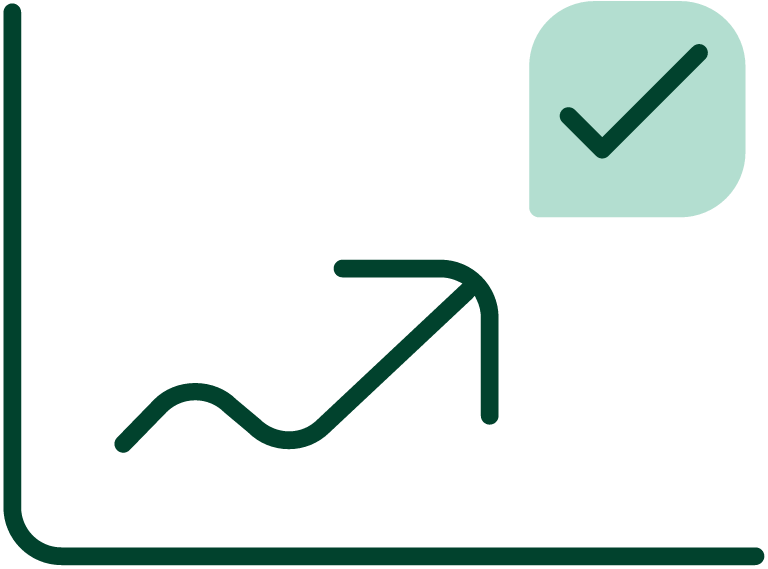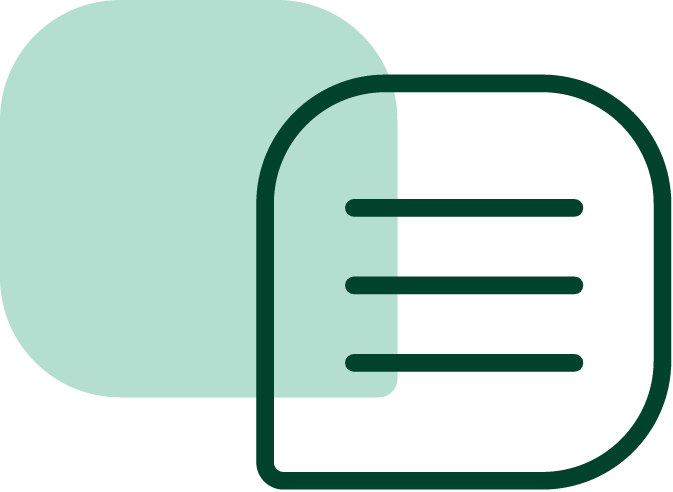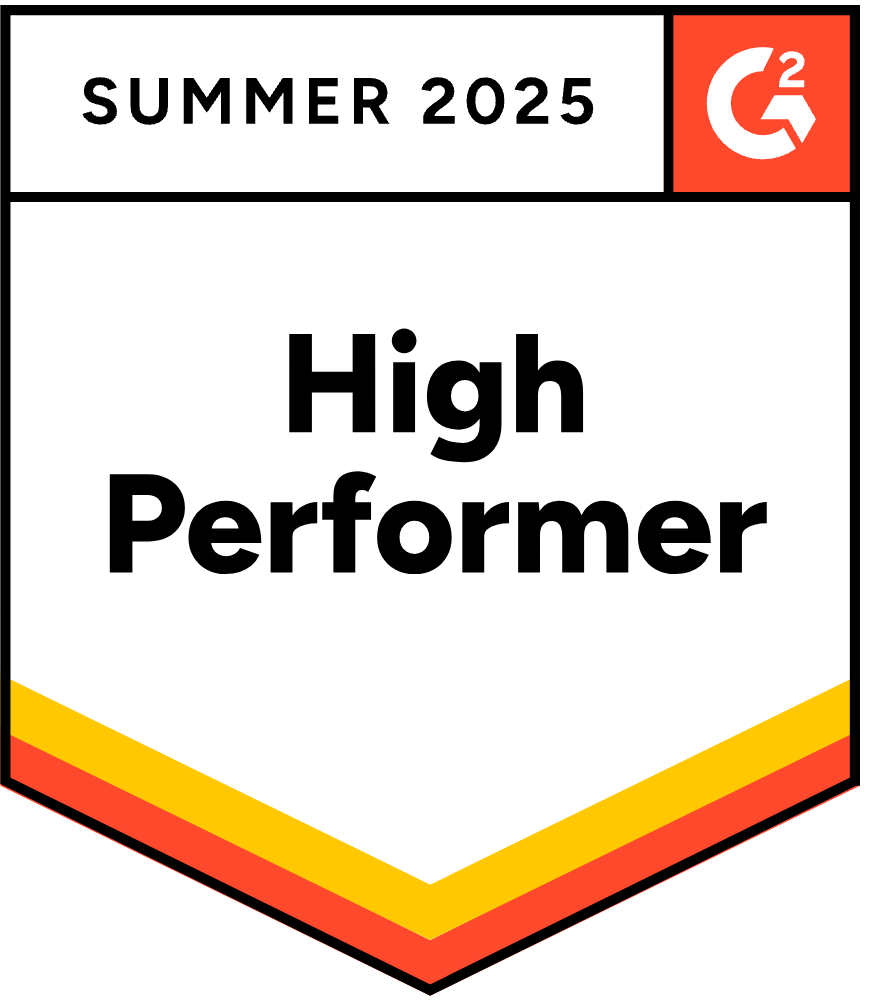When you shorten your cash flow conversion time, you improve liquidity. You can then use this cash to pay bills on time, increase staffing, invest in research and development, or expand into new markets. These are just some of the uses that make strong cash flow an important metric for determining the health and potential longevity of businesses. The trick is knowing how to reduce cash conversion cycle times while still preserving good relationships with your customers.
What Is a Cash Conversion Cycle (CCC)?
The cash conversion cycle metric determines the number of days it takes for a company to convert its inventory and other business resources into cash in hand. Accounts payable teams also refer to this as the net operating cash cycle or just “the cash cycle.”
Companies that operate efficiently tend to have lower cash conversion cycles. When businesses waste resources and the accounts receivable departments drag their feet on securing payments, they tend to experience longer cash conversion cycles. This may signal that the company’s goods or services are not valuable to customers, that the company is not managed effectively or a difficulty in collecting receivables.
Cash conversion cycles can also vary across industries, company sizes, and business models. Consider these factors before determining where your cash conversion cycle ranks on a scale of terrible to ideal.
The Importance of Cash Conversion Cycles
Since they help determine your company’s level of efficiency, cash conversion cycles are a reflection of the overall financial health of your company. It is also a helpful measurement in the following scenarios:
- In the event you wish to sell your company. Investors use this as a measurement to gauge whether or not your company is being run efficiently and can generate cash quickly and take advantage of the right investment opportunities as they present themselves.
- It is more attractive to investors. To qualify to receive investments, lenders use this metric to determine your ability to pay back a loan. In other words, they want to know whether or not your company has high liquidity.
- Suppliers use it to determine whether or not to extend your credit line. Cash conversion cycles help determine your company’s ability to pay for their goods or services within the required timeframe.
What Can Companies Do to Improve Cash Conversion Cycle Times?
Knowing how to reduce the cash conversion cycle can put thousands back into the pockets of your business. Imagine not needing to borrow money to cushion yourself while customers scrape their invoice payments together. Envision the opportunities you can claim more quickly with cash on hand. Use these best practices to realize those goals:
- Invest in Real-Time Analytics
Your cash flow cycle can change frequently over the course of the quarter. In fact, the numbers might change drastically in the week before and after payment deadlines. Real-time analytics provides accurate and timely information to help you make better decisions for the company. Use this data to make ongoing adjustments to your accounts receivable plan.
- Encourage Earlier Payments
Some companies focus heavily on punishing customers for paying late, but they provide no incentives for paying early. Most people respond better to positive enforcement, so think of ways to encourage customers to pay in full and on-time:
- If you start to run short on cash, consider temporary discounts for early payments.
- Promise faster delivery for customers who pay their invoices in full and on time.
- Provide better credit terms for customers who consistently pay in full and on time.
- Speed Up the Delivery Time
Whenever possible, make faster deliveries more than just a perk for on-time payments. The sooner you get your inventory out of the warehouse and into the hands of your customers, the sooner you get paid. Faster delivery could also improve customer relationships and cause them to move your company further up on their lists of priorities.
Take Control of Your Cash Conversion Cycle with Gaviti
You’ve read about ways to reduce your cash conversion cycle—now see how Gaviti can help you put them into action. Our platform streamlines your collections process, accelerates payments, and provides real-time visibility into your cash flow. Take a short product tour and discover how Gaviti makes cash flow management easier and more efficient.
Ready to Shorten Your Cash Conversion Cycle? Take a Quick Tour of Gaviti!
Start The Product Tour- Make It Easier To Pay
Do your clients use a clunky payment processing system? Do they need to visit your office in person or pay extra to send a cashier’s check? Consider offering multiple payment options. You could also make it possible for clients to pick a payment date in the month that works best for them. This makes it easier for them to sync your payment with their receivables cycles.
- Simplify Your Invoices
Old invoices are as stodgy and inefficient as old payment methods. Work with your accounts receivable team to determine what information needs to be included. Then, design an invoice that includes only this information in a way clients find easy to follow and understand. This could drastically reduce processing and payment times.
What Metrics Should You Track to Improve Your Cash Conversion Cycle
If your company struggles with a high cash conversion cycle, monitoring specific metrics is essential to identify bottlenecks and opportunities to improve your cash conversion cycle. Tracking the right metrics empowers businesses to pinpoint inefficiencies and strategically reduce the cash conversion cycle, freeing up capital and improving overall financial health.
- Days Sales Outstanding (DSO)
Days Sales Outstanding measures the average number of days it takes for your company to collect payment after a sale. A higher DSO indicates inefficiencies in your collection process, contributing directly to a high cash conversion cycle. Monitoring DSO regularly allows you to promptly address slow-paying customers, tighten collection practices, and significantly reduce the cash conversion cycle.
- Days Inventory Outstanding (DIO)
Days Inventory Outstanding calculates how long inventory stays in storage before it’s sold. An elevated DIO means your capital is tied up in inventory for extended periods, increasing the cash conversion cycle. By actively tracking DIO, you can optimize inventory levels, implement just-in-time inventory management practices, and improve your cash conversion cycle by reducing unnecessary inventory holding times.
- Days Payable Outstanding (DPO)
Days Payable Outstanding tracks how long your company takes to pay suppliers. Increasing DPO, within reason, allows you to hold onto cash longer, effectively helping reduce the cash conversion cycle. That being said, maintaining good supplier relationships requires a balanced approach, ensuring payments aren’t excessively delayed.
- Inventory Turnover Ratio
The Inventory Turnover Ratio measures how often inventory is sold and replaced over a given period. A low turnover ratio suggests inefficiencies or obsolete stock tying up valuable capital, contributing to a high cash conversion cycle. Improving this ratio through better inventory management practices reduces the time cash is locked in inventory.
By consistently monitoring these critical metrics, you gain clear insights into your cash management processes, enabling informed decisions to improve your cash conversion cycle, reduce working capital needs, and boost profitability.
How Gaviti Helps Improve Your Cash Conversion Cycle
Gaviti’s A/R invoice-to-cash management platform automates your A/R processes, streamlining the process while eliminating human error and enabling your accounts receivable team to improve its performance. At the same time, it centralizes data across the entire A/R cycle.
Key features include:
- Collections Management: Automated reminders, personalized communications, and payment prioritization.
- Dispute Management: Centralized tracking, organized documentation, and efficient resolution workflows.
- Credit Management: Comprehensive credit profiles, proactive risk alerts, and informed credit decision-making.
- Streamlining Tasks: Automation of routine tasks, enhanced efficiency, and reduction in administrative workload.
By leveraging Gaviti’s robust solutions, your organization can significantly improve cash flow, reduce operational burdens, and enhance overall financial health.
Interested in hearing more? Schedule a demo today






















